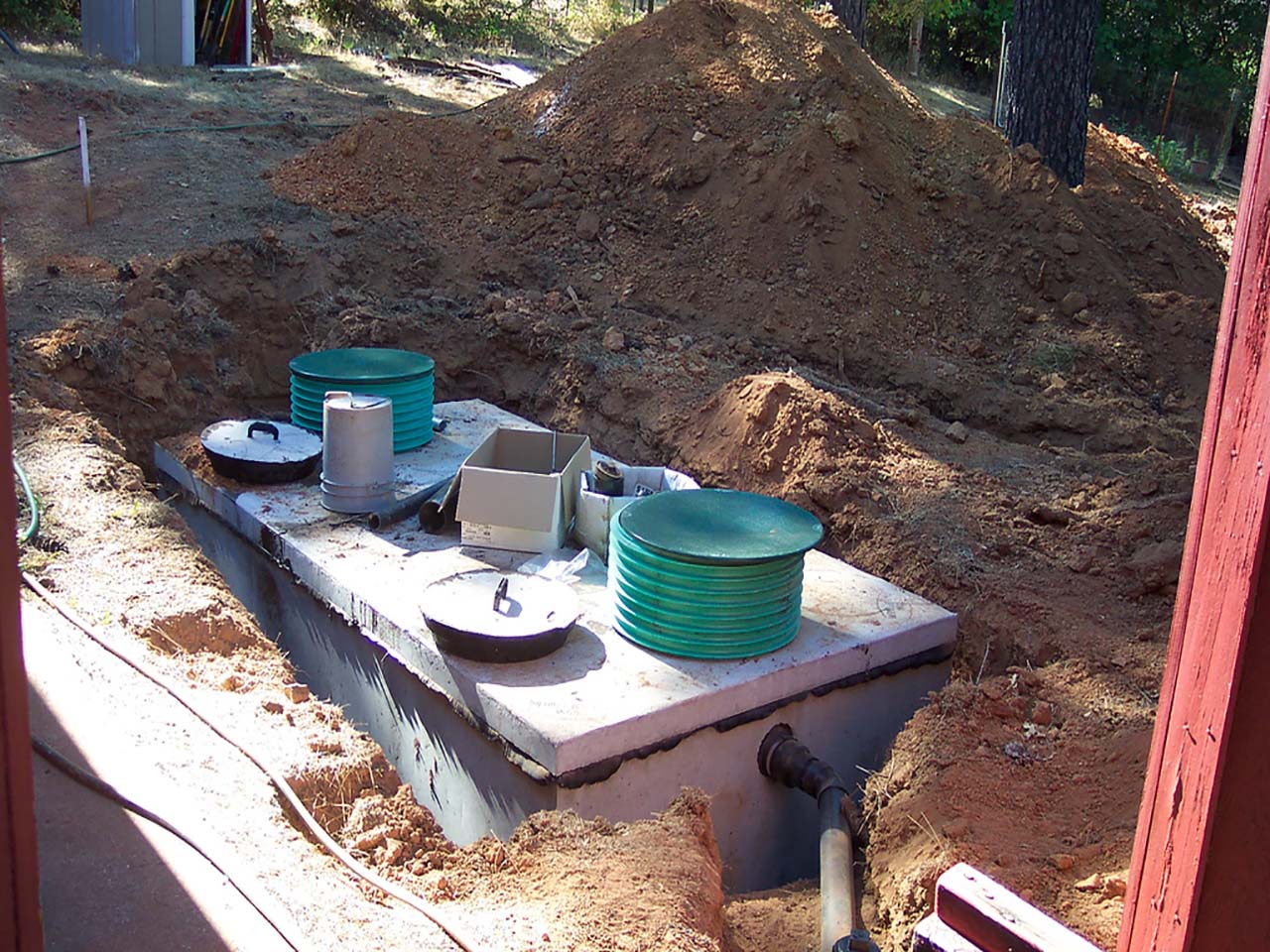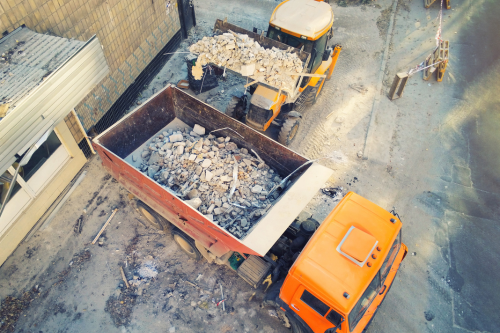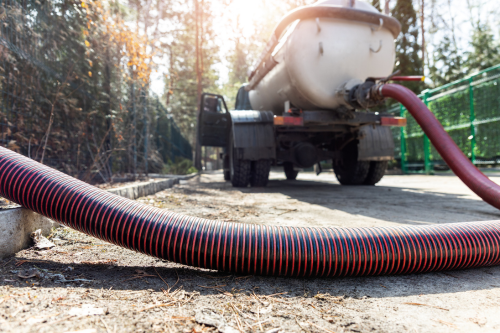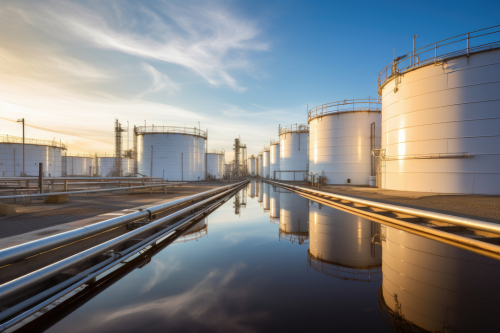Safeguarding the Environment with Expert Tank Decommissioning
At Mantank Environmental Services, we understand the complexities involved in tank decommissioning. With over 25 years in the environmental services industry, our team combines expertise, advanced technology, and a commitment to safety to deliver unparalleled tank decommissioning services.
Why Professional Tank Decommissioning is Essential
Decommissioning a tank, particularly those used for hazardous materials, is a process fraught with potential risks. It involves not just the physical removal or safe abandonment of the tank but also the thorough decontamination and remediation of the site. Here’s why professional tank decommissioning is non-negotiable:
- Safety Concerns: Incorrect handling can lead to accidents, posing risks to human health and the environment.
- Legislative Requirements: Various laws and environmental guidelines dictate the proper decommissioning of tanks, especially those that contained hazardous substances.
- Site Integrity: Professional decommissioning ensures the site is safe for future use, crucial for land value and legal compliance.
Professional Tank and Plant Decommissioning Services
We adhere to a stringent, step-by-step process tailored to ensure safety, compliance, and efficiency. Here’s what you can expect when you choose Mantank:
- Initial Assessment and Site Survey: Our experts conduct a comprehensive site survey, assessing the tank’s condition, contents, and surrounding environment. This phase determines the best course of action, tailored to your specific situation.
- Safety Measures and Preparations: We establish secure working conditions, including hazard controls and emergency protocols. Our team uses state-of-the-art equipment, ensuring maximum safety and efficiency.
- Tank Cleaning and Gas-Free Certification: We meticulously industrially clean the tank, removing all residues. The tank is then certified gas-free by our specialists, ensuring it’s safe for decommissioning.
- Decommissioning Methodology: Depending on site assessment, we either undertake physical removal or in-situ decommissioning. For removals, the tank is extracted with precision equipment. For in-situ, we fill the tank with an inert solid material, following environmental best practices.
- Site Restoration and Documentation: Post-decommissioning, we conduct environmental testing to ensure the site is contaminant-free. We restore the site to its original state or prepare it for its next intended use. All actions are documented in compliance with legal requirements.
Compliance and Industry Standards
At Mantank, adherence to legislative guidelines isn’t just good practice; it’s integral to our service delivery. We’re well-versed in environmental laws, and we work closely with local authorities to ensure full compliance. Our industry certifications including being members of the British Safety Council, CHAS registered and Safe contractor approved, are a testament to our commitment to upholding the highest standards.

Addressing Your Concerns: Common Questions About Tank Decommissioning
We believe in informed decision-making, and we understand you might have questions. That’s why we’ve compiled answers to common queries about tank decommissioning.
- What exactly is tank decommissioning?
Tank decommissioning is the process of taking a storage tank out of service safely and effectively. This can involve cleaning the tank, removing any hazardous substances, and either physically removing the tank from its site or rendering it safe and leaving it in place. The goal is to eliminate any environmental or safety risks associated with the tank.
- When is it necessary to decommission a tank?
Decommissioning is necessary when a tank is no longer in use, no longer compliant with current regulations, or posing a safety or environmental risk due to potential leaks or structural integrity issues. It’s also required if the property use is changing, or the land is being repurposed for different activities.
- Are there legal regulations governing tank decommissioning?
Yes, tank decommissioning is governed by various environmental and safety regulations to prevent soil, water, and air pollution. These laws require specific handling, transportation, and waste disposal practices for hazardous materials and ensure public and environmental safety. Non-compliance can result in substantial penalties.
- Can I decommission my tank myself?
Given the potential risks and complexities involved, tank decommissioning is not a DIY task. It requires professional equipment, expert knowledge, and adherence to strict safety and environmental guidelines. Hiring professionals ensure the job is done safely and compliantly, protecting you from potential legal liabilities.
- What are the methods of tank decommissioning?
There are two primary methods: removal and in-place decommissioning. Removal involves physically extracting the tank and remediating the site, while in-place decommissioning (also known as abandonment) involves cleaning the tank and filling it with an inert material, like foam or concrete. The appropriate method depends on several factors, including environmental risk, tank condition, and future land use.
- How long does tank decommissioning take?
The timeframe varies depending on the project’s complexity, the tank’s size and contents, and the chosen decommissioning method. A professional assessment is necessary to provide an accurate timeline.
- Is tank decommissioning environmentally friendly?
Professional tank decommissioning is designed to be environmentally responsible. It prevents future contamination by safely handling and disposing of any hazardous contents and materials. The process adheres to environmental regulations, ensuring minimal impact on the surrounding ecosystem.
- What happens after my tank is decommissioned?
After decommissioning, the site is usually restored to its original state or prepared for its new intended use. If the tank is removed, the area might need to be filled and graded, depending on the future land use. For in-place decommissioning, the site can be used as normal, but the area where the tank remains is often restricted for certain types of construction.
- How do I start the tank decommissioning process?
Begin by consulting with a professional tank decommissioning service, like Mantank Environmental Services. We will assess your tank’s condition, discuss your options, and provide a comprehensive service plan. Our team ensures the process is compliant, safe, and tailored to your specific needs.
- How much does tank decommissioning cost?
Costs vary widely based on the tank’s size, contents, location, and the decommissioning method used. Additional factors include necessary safety measures, waste disposal, and site restoration. We provide detailed quotes after a site assessment to give you an accurate cost breakdown.
Need More Information on Tank Decommissioning?
If you have more questions or are ready to discuss your project, contact Mantank Environmental Services today. Our knowledgeable team is here to guide you through every step of the process, ensuring peace of mind and professional, reliable service
Through our many years in the industry, we have developed an unmatched service and extensive knowledge about the different options, methods and techniques. To find out more about our services, get in touch. Contact the Mantank team today on 0161 799 3337, 01642 618 006 or via the online contact form.
Highways Drainage: Essential FAQs
As a drainage company specialising in servicing roadways and highways, we often encounter a range of questions regarding highways drainage....
Crucial steps to follow for construction waste disposal
Construction waste disposal is a critical aspect of the building process, impacting both environmental sustainability and project efficiency....
The crucial role of vacuum truck services
Vacuum truck services play a crucial role in various industries, offering efficient and effective solutions for the collection, transport, and...
Refinery tank cleaning: Processes and Maintenance
Refinery tank cleaning is a critical process in the maintenance and operation of oil refineries. This process involves the removal of...




